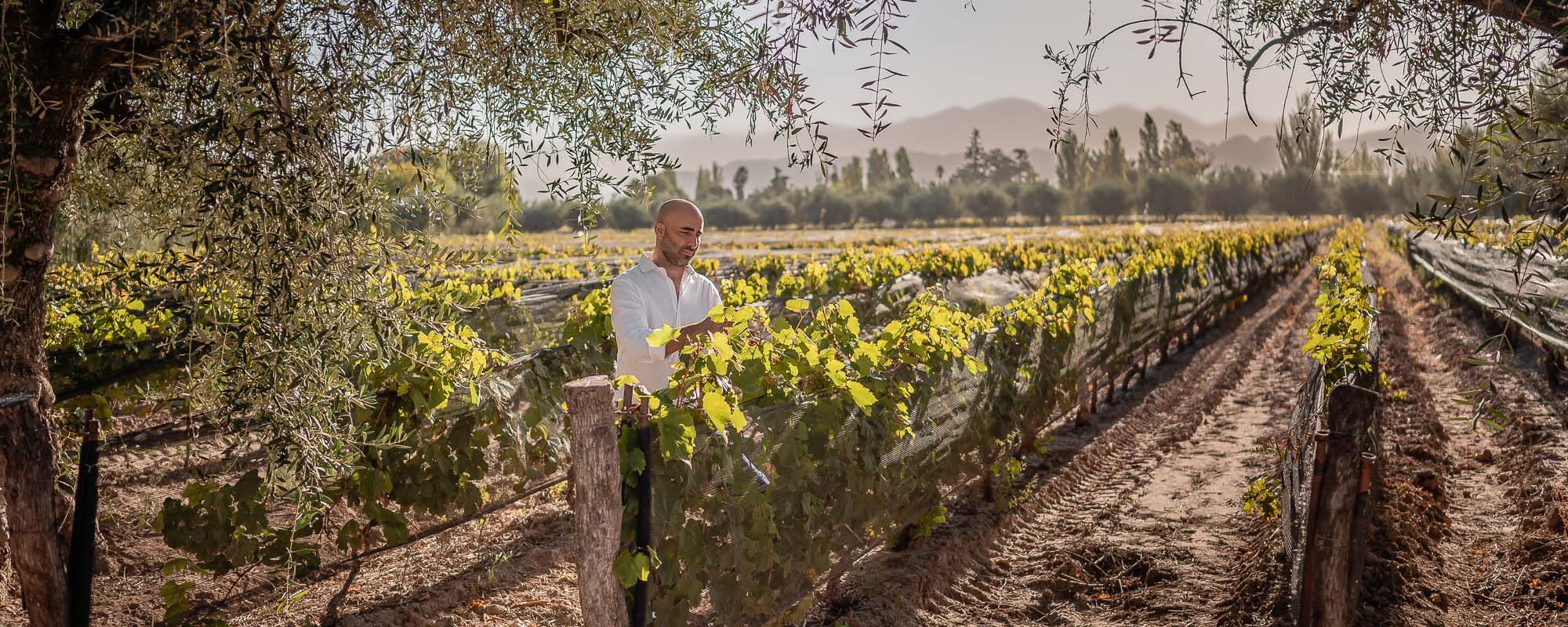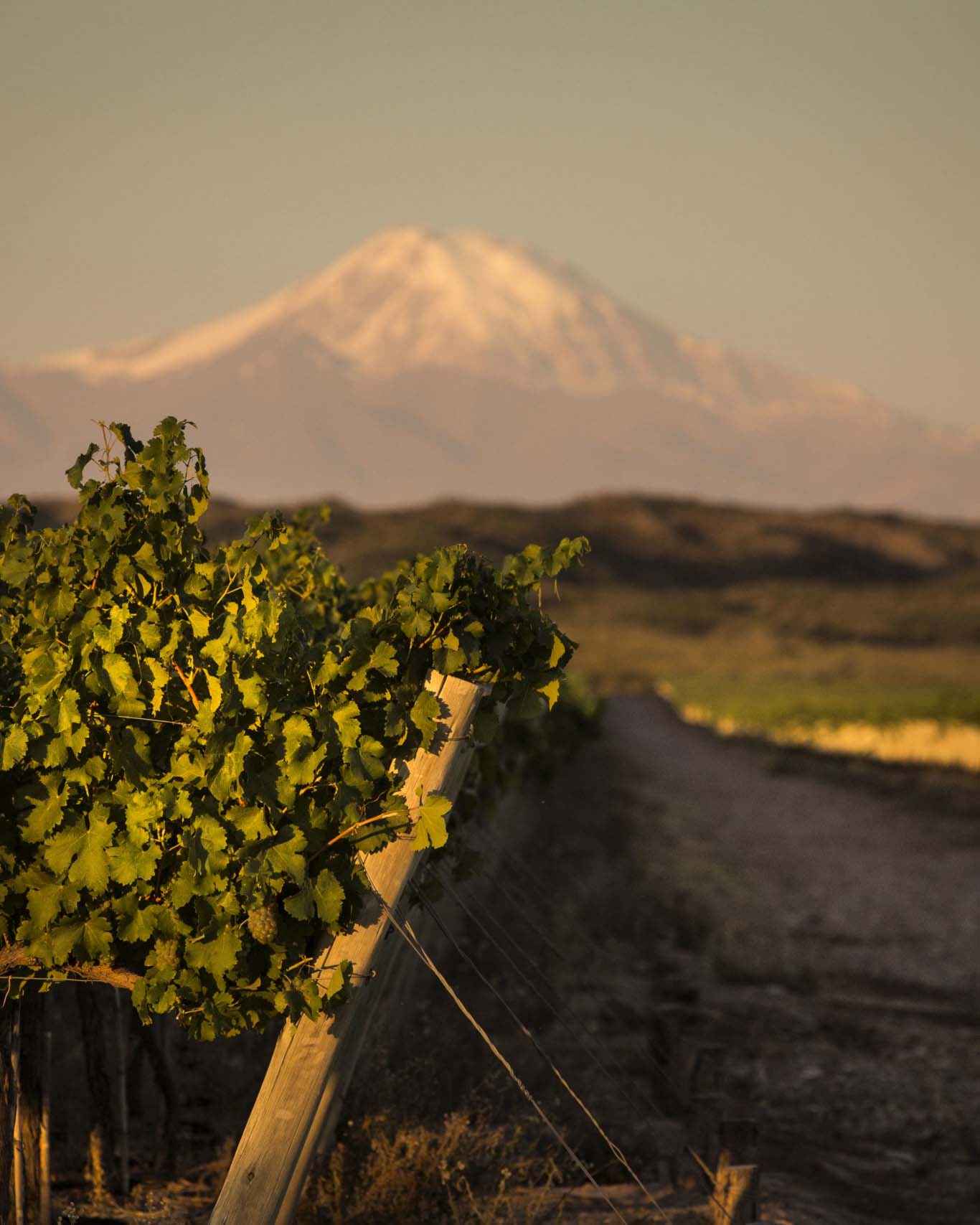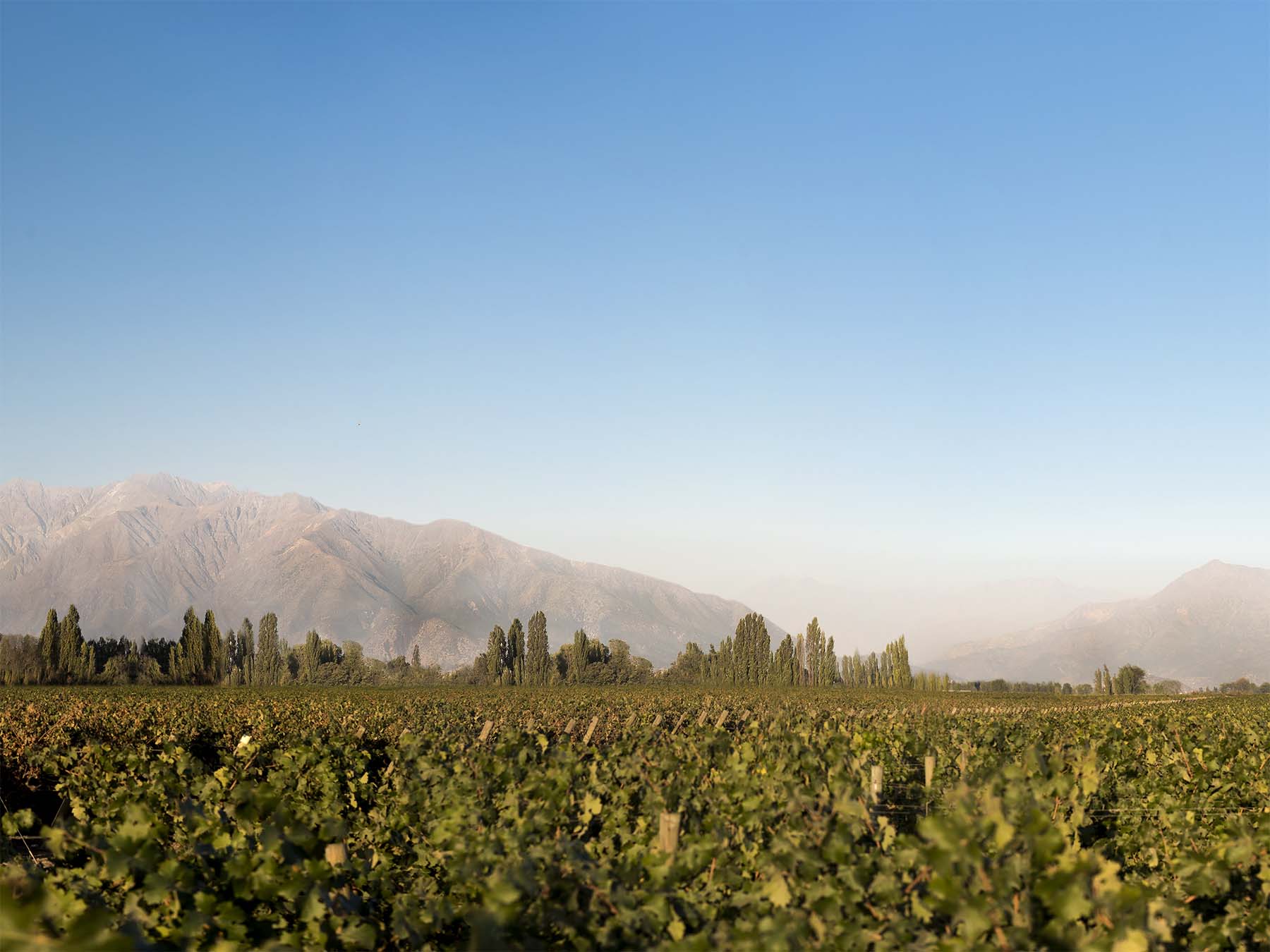
In the Shadow of the Andes
Spanish missionaries brought the first vine cuttings to Argentina in the 16th Century, but it was Malbec—planted by French agronomist Michel Pouget in 1868—that forever changed Argentina’s wine landscape.The Mendoza region has garnered international acclaim for its high-altitude vineyards, alluvial soils, abundant sunshine, cool nights and sweeping winds. Malbec found its ultimate expression here—at the foothills of the Andes Mountains—thus catapulting Argentina onto the world wine stage and creating an inextricable link between Mendoza and Malbec.

Luján de Cuyo
Central to the story of Malbec in Mendoza is Luján de Cuyo, where Italian immigrants planted Argentina’s first Malbec vineyards in the late 19th Century. They brought with them Old World traditions, which sculpted the rich wine heritage that endures in Luján de Cuyo today. A combination of distinct elements work in concert to create the region’s extraordinary conditions: an arid climate, intense sunlight, powerful winds, and a mix of sandy and stony soils shaped by rivers and mountains. High-elevation vineyards, resting around 3,500 feet, see no more than seven inches of rainfall annually, leaving the vines to rely heavily on pure, mineral-rich snowmelt from the towering Andes Mountains. This extraordinary terroir yields Malbec of incomparable quality.
Shop Argentinian Wines Online
Featured In








